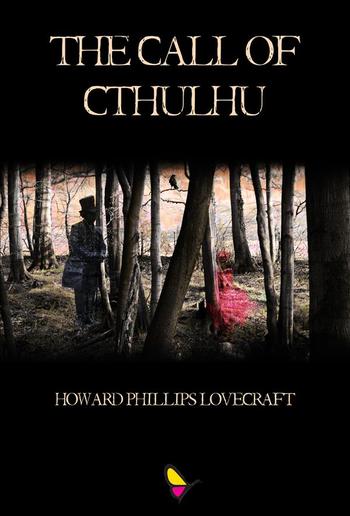
H.P. Lovecraft - The call of Cthulhu
The call of Cthulhu
H.P. Lovecraft
Description
Lovecraft regarded the short story as "rather middling—not as bad as the worst, but full of cheap and cumbrous touches". Weird Tales editor Farnsworth Wright first rejected the story, and only accepted it after writer Donald Wandrei, a friend of Lovecraft's, falsely claimed that Lovecraft was thinking of submitting it elsewhere.
The published story was regarded by Robert E. Howard (the creator of Conan) as "a masterpiece, which I am sure will live as one of the highest achievements of literature.... Mr. Lovecraft holds a unique position in the literary world; he has grasped, to all intents, the worlds outside our paltry ken." Lovecraft scholar Peter Cannon regarded the story as "ambitious and complex...a dense and subtle narrative in which the horror gradually builds to cosmic proportions", adding "one of [Lovecraft's] bleakest fictional expressions of man's insignificant place in the universe."
French novelist Michel Houellebecq, in his book H. P. Lovecraft: Against the World, Against Life, described the story as the first of Lovecraft's "great texts".
Canadian mathematician Benjamin K. Tippett noted that the phenomena described in Johansen's journal may be interpreted as "observable consequences of a localized bubble of spacetime curvature", and proposed a suitable mathematical model.
E. F. Bleiler has referred to "The Call of Cthulhu" as "a fragmented essay with narrative inclusions".

